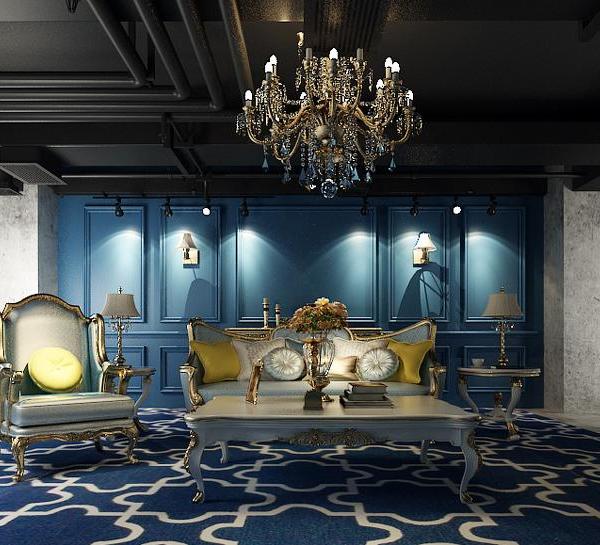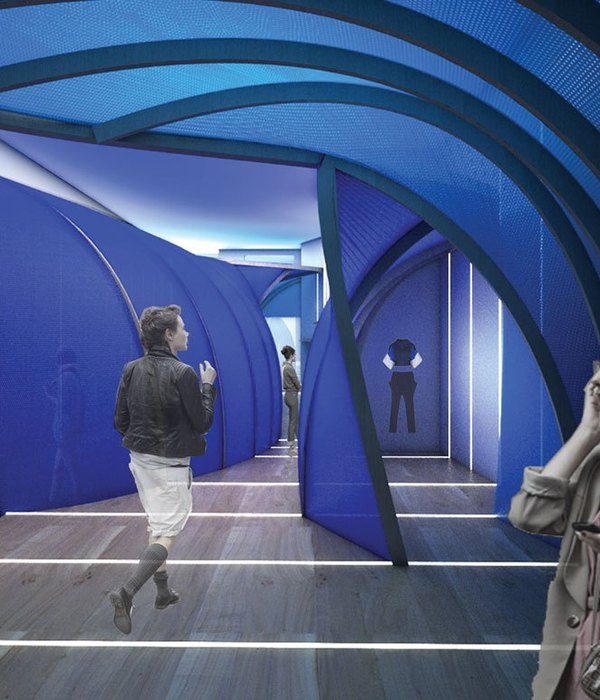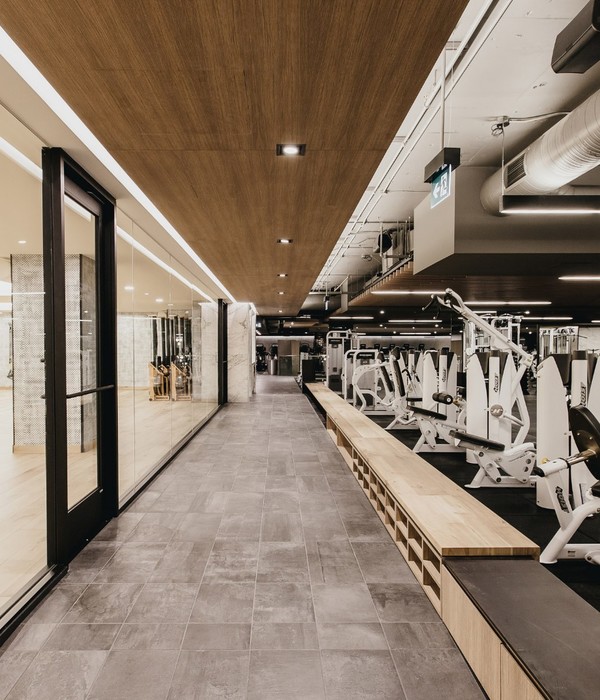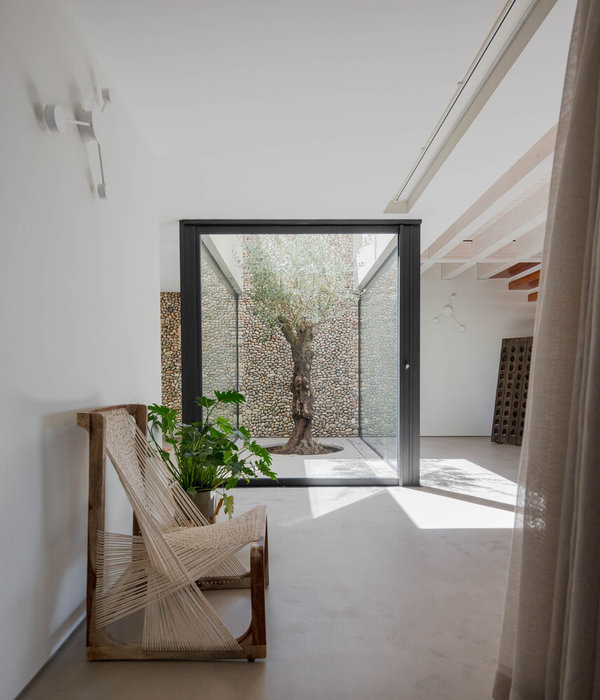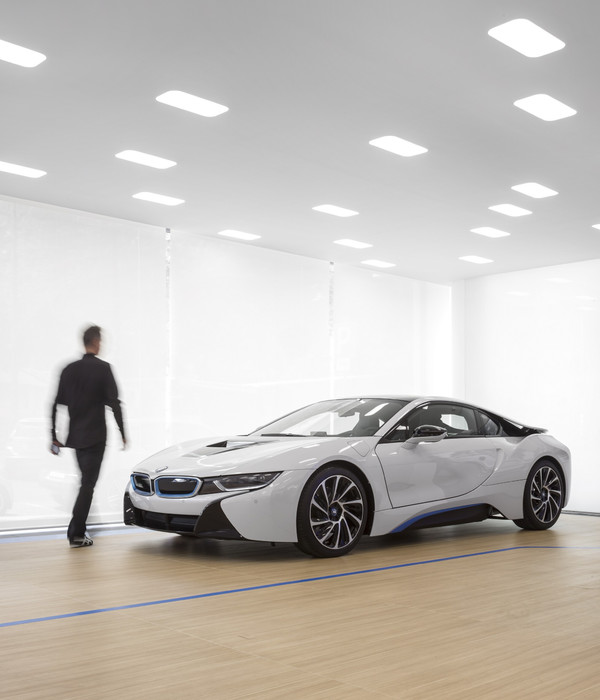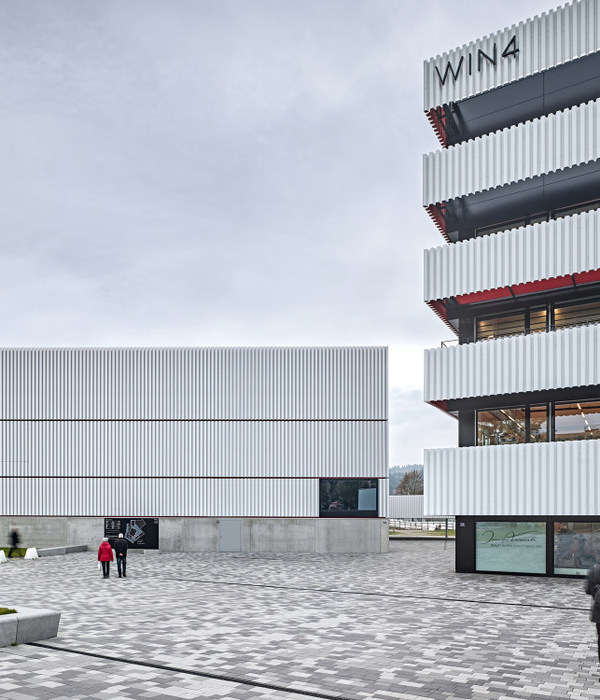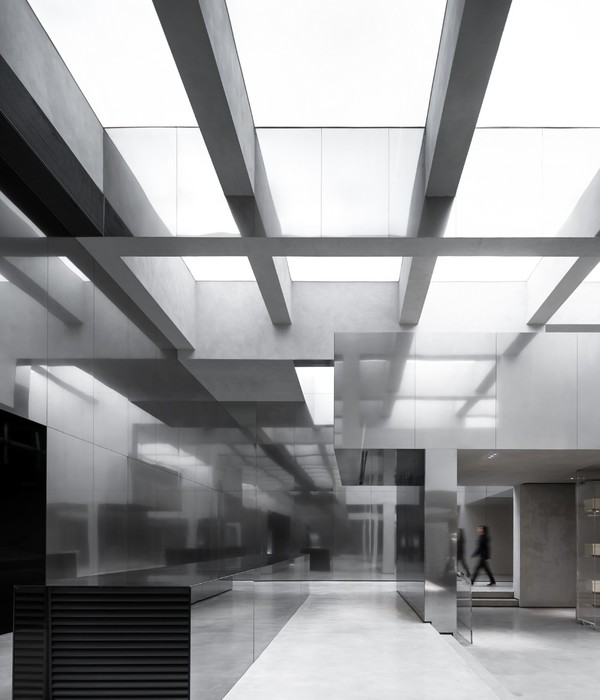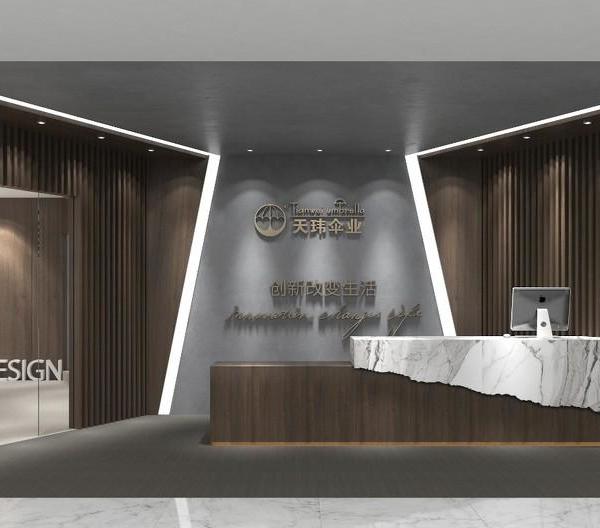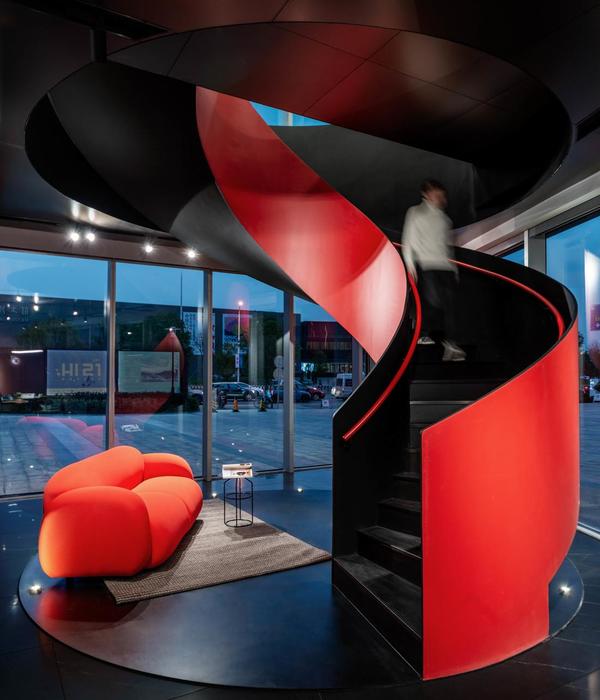位于北京的研究-设计机构“META-工作室”近期完成了一个水塔改造项目。这一改造力图将新的现实以一种复杂精巧的方式植入到旧的工业遗址内。
META-Project, a Beijing based research-design studio has recently completed a renovation for VANKE China that infused new life into the dilapidated water tower in an exquisite way.
▼水塔全景及周边环境,panorama with the context
水塔位于沈阳铁西区的一个老厂区内,其基址前身为中国人民解放军第一一〇二工厂,是一家成立于一九五九年大跃进时期的军工厂。作为中国曾经最主要的重工业基地,沈阳铁西区充满了从那一时期保留下来的大大小小的工业遗迹,随处可见的水塔似乎成了反映着这一区域工业历史的独特印记,标识着在持续不断变革的现实中依稀可辨的锚固点。二〇一〇年,水塔的转变开始了,万科集团将其周边的几个工厂收购,作为沈阳蓝山项目用地。伴随着周边城市的果断建设,这一水塔却被完好的保留下来-作为原有工业历史的记忆片段,并期望能够在未来成为提供某种公共功能的场所。
This water tower is located in the campus of a run down military factory, formerly known as the People’s Liberation Army No.1102 Factory, founded in 1959 during the Great Leap Forward. As used to be one of the most important heavy industrial production bases of China, the Tiexi District in Shen Yang is now full of miscellaneous industrial relics from that period of time. Water towers scattered around the city became the unique symbols of the history of industrialization in this area, marking vaguely the anchor points in the ever-shifting reality. Since 2010, the transformation around this water tower began. VANKE China acquired the campus of the factory and initiated the Blue Mountains residential complex project. Along with the decisive construction of the surrounding cities, the water tower was well preserved – as the fragmented memory of the history of industrialization, and was expected to provide certain public function in the future.
▼水塔远景,exterior perspective
对于META-工作室来说,这一水塔提供了似乎是精心设计的线索:从空间上,它恰巧位于铁西区遗留的工业肌理与即将兴起的复合型居住社区之间的边缘上; 而在时间上,脱离过去的重工业历史,转型并加速发展的铁西区又将它推到这一新旧时间的交汇点上。 我们藉此展开了如何将这一水塔置于连续时空中的改造思路,而并不是将其视为一个孤立的事件:改造后的水塔,其外在形成城市景观中的一个艺术装置,而它的内在将为周边落成后的社区提供一个新的公共活动空间-水塔展廊。甚至在日常的使用功能之上,它还可能成为具有某种精神性的场所。
For META-Project, the water tower, which is re-interpreted as a “Public Folly”, has provided deliberate clues: spatially, it is situated on the edge in-between the inherited industrial fabric of Tiexi District and an upcoming residential complex development; temporally, it is sitting on the dividing line, where Tiexi has deviated from the industrial past and accelerating towards a different future. Setting off from the precise positioning with the context, both physical and historical, we started to unfold the concept of the renovation along the continuation of space-time, instead of taking it as an isolated event. The renovated water tower, or the “water tower pavilion”, on the outside forms an artistic intervention in the urban landscape, and on the inside it offers a space for public activities for the surrounding communities, and even above the mundane usage, it could became a place for some sort of public spiritualization.
▼水塔外景,exterior view
▼水塔外景(局部),exterior view partial
▼水塔夜景,night view
▼水塔夜景(局部),night view partial
改造是在对待历史与现实的审慎态度下展开的,并探索如何将新的现实植入历史样本中:一方面,我们尽量不去碰触完整保存的水塔本身,只进行必要的结构加固和局部处理了塔身上原有的窗洞口;另一方面,新加入的部分-一个复杂精巧的装置-被植入到水塔内部,中间的主体是两个头尾倒置的漏斗,较小的位于水塔顶部收集天光,较大的在塔身内部形成了一个拉长的纵深空间,并连接着多个类似“相机镜头”的采光窗-这些将环境光线经过间接反射导入水塔内部的采光窗从塔身上每一个可能的开口“生长”出来。 水塔的底部,连接入口与抬高的观景平台之间用回收的红砖砌成可坐的台阶,这里将成为一个“小剧场”,为周边的公众提供一个小型活动或集会放映的场所;从这里向上看, 水塔成为一个间接的感受外部世界的感觉器官,光线从顶部的光漏斗及每一个不同形状及颜色的窗洞口进入到水塔中心的隧道内,并在一天之中持续着微妙
的变化。而从悬挑出塔身的观景平台向周边望出去,这一装置则成为一个单纯的观察外部世界的取景器。
The cautions with which specific renovation measurements are made demonstrate circumspection. They are being examined on how to embed a new reality in a historical sample: it is not one that can be easily dismissed as conservative, and neither a jubilant welcoming of the new globalizing reality. The tower is specifically adapted to a local context, yet without turning into a pure replica of that context. On one hand, we want to keep the original water tower intact, only allowing necessary structural reinforcement and minor treatment on the existing window openings; on the other hand, the new installation – quite an exquisite device – was inserted into the interior tunnel of the tower. Two end-to-end funnels form the main part of the installation. While the smaller funnel on the top gathering daylight, the bigger one shapes the space in the middle with a seemingly endless depth, and is linked to many camera-lens-like window frames, which grow out of the tower body from every possible opening. On the bottom of the tower, theater steps are made to link the entrance and the view platform, which will become a “mini-theater” providing space for activities or projection for the local public. From there, the water tower becomes a simple sensory device of the external world, an ear, or a viewfinder…
▼外部仰视,exterior view-up
▼水塔近景,close-up view
▼从小剧场通向景观平台,from mini theater to the viewing platform
代表新现实的装置以钢板和玻璃构成,明确的几何形体以及醒目的色彩使之与饱经历史的斑驳的旧砖墙形成充满张力的对比,对现实与历史之间的差异构成一种特定的表达。每到夜晚,厚重的水塔渐渐在黑暗中隐去,而明亮的发光体将成为漂浮在空中的鲜明信号… 透过这个水塔的改造,我们提出询问,将如何看待这段历史?又如何理解变革的现实?
The installation represents the new reality with steel and glass. Clear geometries as well as vibrant colors are implemented so as to make a strong tension with the old brick wall of the tower. Every night, as the heavy water tower gradually faded in the darkness, the bright light boxes will become distinct signals floating in the air. Symbolizing a quest to seek out the hidden corner of the history and archetypes of architecture. Through renovation of the water tower, META-Project posts the question again on how to look at the history and how to understand the changing reality?
▼概念图示,concept diagram
▼轴测展开图,exploded axon drawing
▼整体轴测图&向上看与向下看,overall axon drawing & view up and down
▼标高平面,Plans
▼剖面图,Sections
项目名称: 水塔展廊(改造) Water Tower Pavilion (Renovation) 项目地点: 中国,沈阳-铁西区 项目功能: 极小展示空间,mini剧场,观景平台 基地面积: 20 m2 建筑面积: 30 m2 设计/建成: 2011/2012 业主: 万科企业股份有限公司 建筑师: META-工作室 (META-Project) 设计团队: 王硕、张婧、常倩倩、黄丽妙、林昌炎、汤恒 摄影: 陈溯
{{item.text_origin}}

